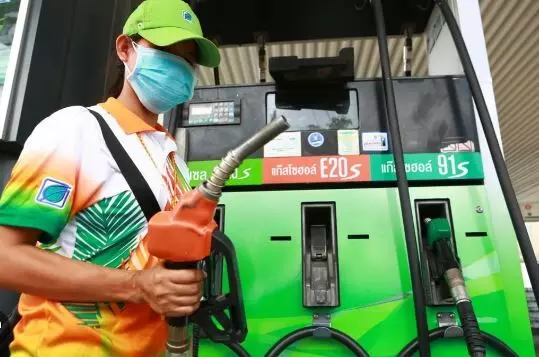Does E20 Ethanol Blending Programme targets cheaper petrol price?
The Indian government's focus on ethanol blending to reduce greenhouse gas emissions and lessen the country's dependence on imported fuel raises concerns about food security.
image for illustrative purpose

The Indian government's focus on ethanol blending to reduce greenhouse gas emissions and lessen the country's dependence on imported fuel raises concerns about food security. Notably, in 2022, almost 1 million metric tonnes of rice from the Food Corporation of India's stocks were sold at subsidized prices for ethanol production, leading to potential competition with food and feed processors. The inflation rates for cereals, rice, and maize in December 2022 further highlight the impact of diverting crops to ethanol production.
The Ethanol Blending Programme (EBP), launched in 2003 and reinforced under the National Policy on Biofuels (NPB) in 2018, aims to achieve blending rates of 10% (E10) by 2021-22 and 20% (E20) by 2025-26. India has already attained E10, but commercial viability and production challenges still hinder the implementation of 2G technology, which the NPB prefers.
To meet the E20 target by 2025-26, India would require a significant quantity of maize, rice, and sugarcane. While rice supplies seem adequate, maize may face competition between poultry feed manufacturers and ethanol-producing units, impacting poultry product prices. Notably, the supply of ethanol from sugarcane may fall short due to competing demands for sugar processing.
Critics question the prioritization of E20, as it may negatively impact food security and nutrition ambitions. Diverting crops to ethanol production may affect the availability of high-value foods like fruits, vegetables, and poultry. The environmental costs of crop production, including water usage, also raise concerns about the net impact on emissions.
Additionally, E20 blended petrol is predicted to reduce fuel efficiency by 5 to 7 per cent for two- and four-wheelers, impacting household budgets. Concerns from global examples, such as Brazil and the United States, suggest that aggressive ethanol blending mandates can lead to environmental issues like deforestation.
Furthermore, considering the potent threats to food security from crop diversion to biofuels and climate change, there is a need to assess the ambitious ethanol targets. The surge in electric vehicle sales may alleviate some pressure from aggressive ethanol blending mandates.
In conclusion, while India has achieved E10 and could maintain it, the feasibility of reaching the E20 target by 2025-26 requires reconsideration. Balancing environmental goals with food security and resource scarcity is crucial for India's sustainable development.

